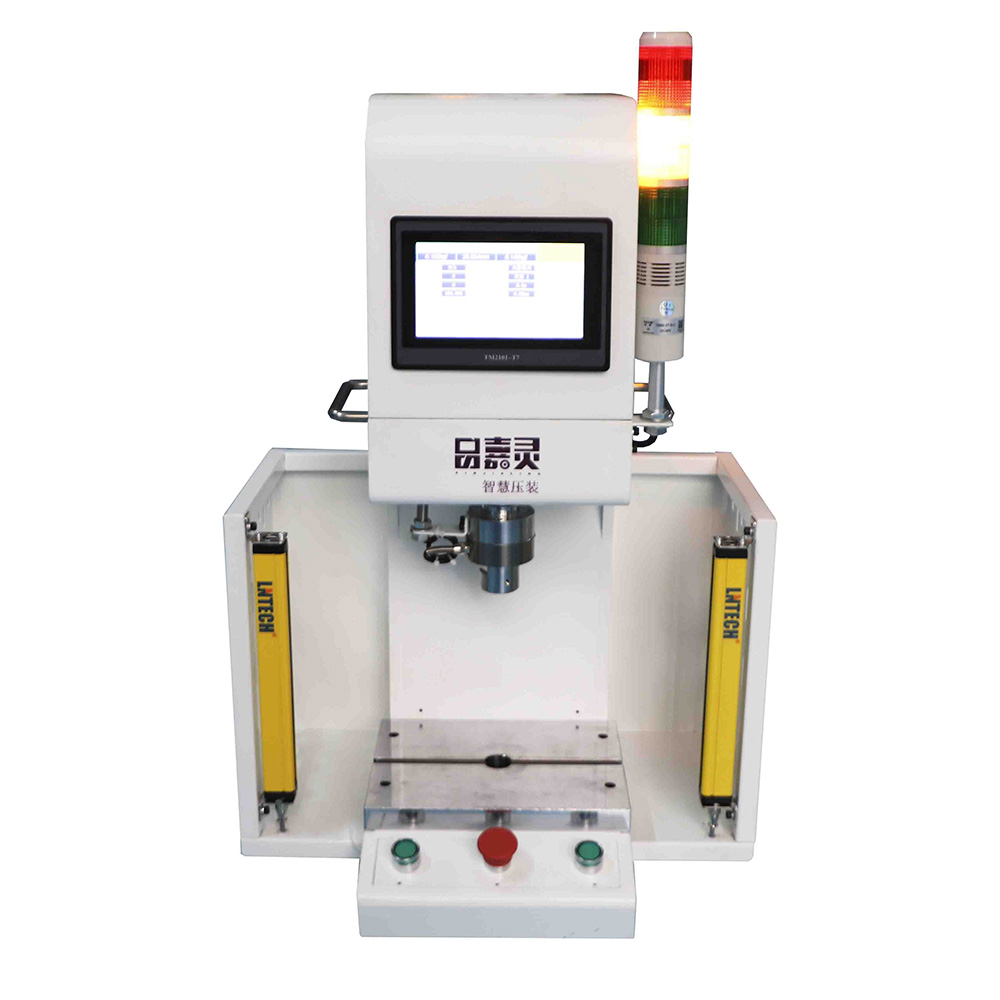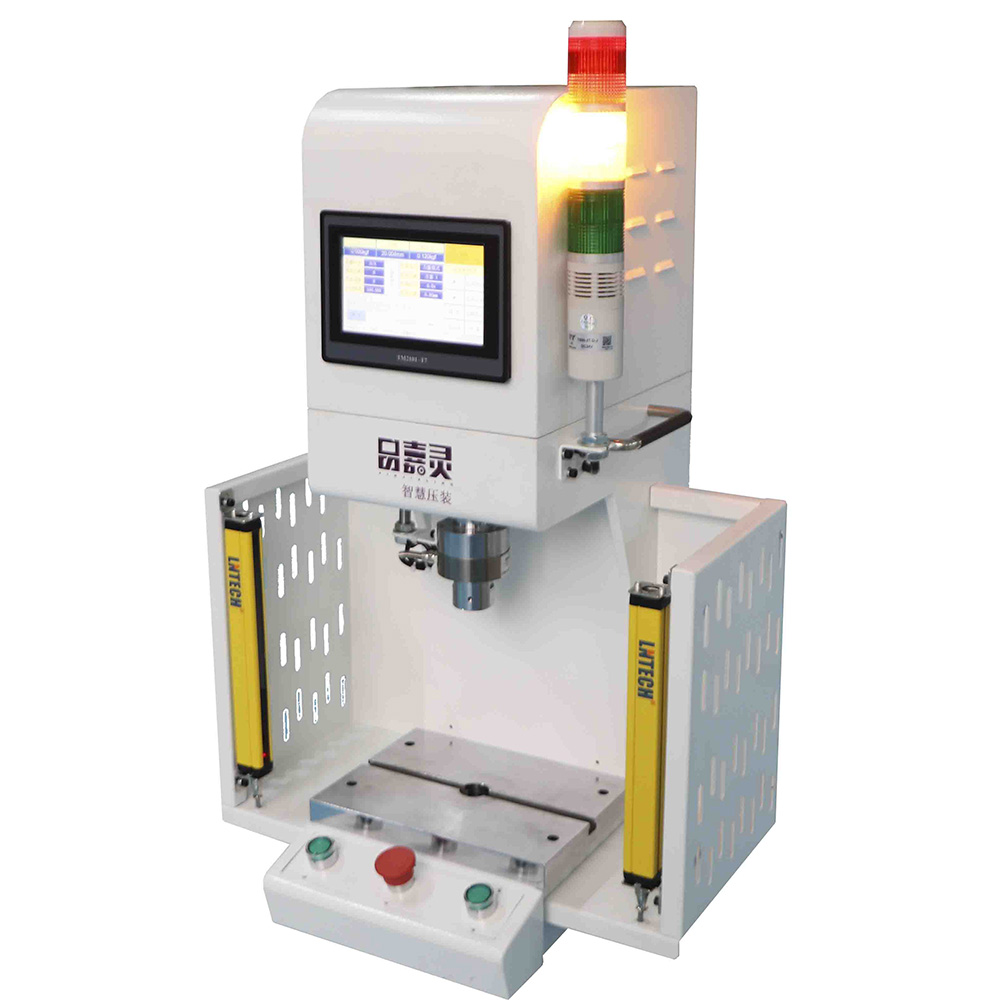The press (including punches and hydraulic presses) is a universal press with exquisite structure.


1. Press foundation
The foundation of the press must bear the weight of the press and resist the vibration force when the press is started, and transmit it to the foundation under the foundation. The foundation must be able to withstand 0.15MPa reliably. The strength of the foundation is designed and constructed by the civil engineering department according to the local soil quality.
The concrete foundation must be poured in one time, without interruption in between. After the foundation concrete is filled, the surface should be smoothed once, and only shoveling or grinding is allowed in the future. Taking into account the need for oil resistance, the upper surface of the bottom of the foundation should be coated with acid-proof cement for special protection.
The basic drawing provides the internal dimensions of the foundation, which is the minimum space required to install the press. The indicators related to the strength, such as the cement label, the layout of the steel bars, the size of the foundation bearing area and the foundation wall thickness, cannot be reduced. The basic pressure-bearing capacity is required to be greater than 1.95MPa.
2. The degree of synchronization of the guide post
Guide post: Used to connect the beam gear box and the slider, transfer the decelerated movement of the gear box to the slider, and then realize the up and down movement of the slider. Generally, there are single-point, double-point and four-point types, namely one guide post, two guide posts or 4 guide posts.
Guide column synchronization: refers to the synchronization accuracy of the guide column of a two-point or four-point press in the up and down movement. This parameter is generally checked and accepted in the press manufacturer before leaving the factory. The synchronization accuracy of the guide post needs to be controlled within 0.5mm. Excessive asynchrony will have a serious impact on the force of the slider, which will affect the quality of the product when the slider is formed at the bottom dead center.
3. Mounting height
Mounting height refers to the distance between the lower surface of the slider and the upper surface of the worktable. There are maximum and minimum mounting heights. When designing the die, taking into account the possibility of installing the die on the press and the continued use of the die after sharpening, the closed height of the die is not allowed to use the maximum and minimum two limit values of the height installation.
4. Nominal force of the press
Nominal force is the maximum allowable punching capacity that the press can safely withstand in structure. In actual work, full consideration should be given to the deviation of material thickness and material strength, the lubrication state of the mold and the change of wear and other conditions, so as to maintain a certain margin of stamping capacity.
In particular, when performing operations that generate impact loads such as blanking and punching, the working pressure should preferably be limited to 80% or less of the nominal force. If the above limit is exceeded, the connecting part of the slider and the transmission may vibrate violently and be damaged, which will affect the normal service life of the press.
5. Compressed air pressure
Compressed air is the main source of power to ensure the smooth operation of the press, as well as the source of the control loop for the power source of the press. Each part has a different demand value for compressed air pressure. The compressed air pressure value delivered by the factory is subject to the maximum demand value of the press. The remaining parts with lower demand values are equipped with pressure reducing valves for pressure adjustment.
Post time: Dec-16-2021
